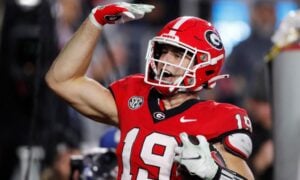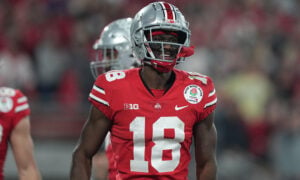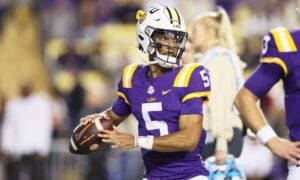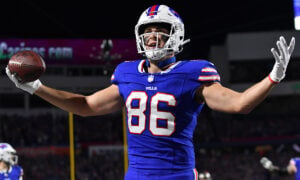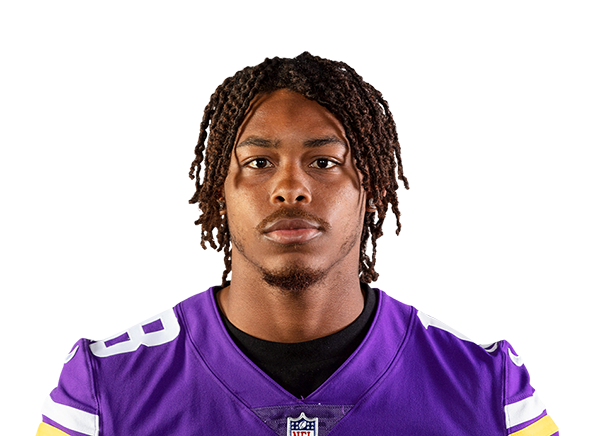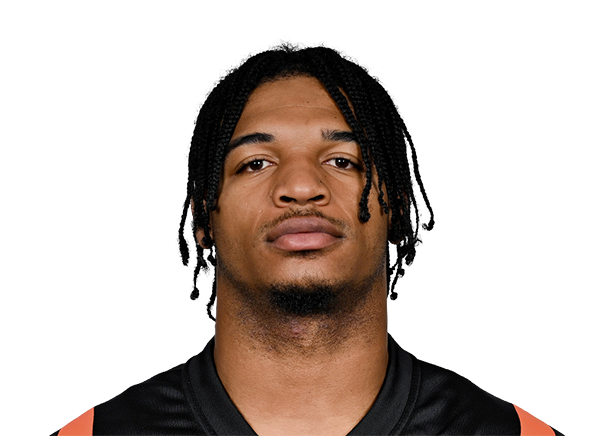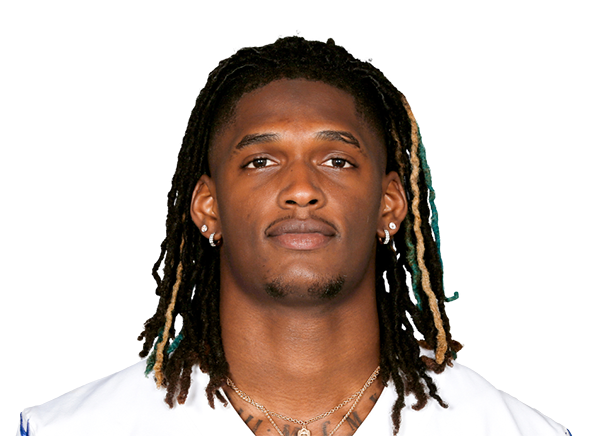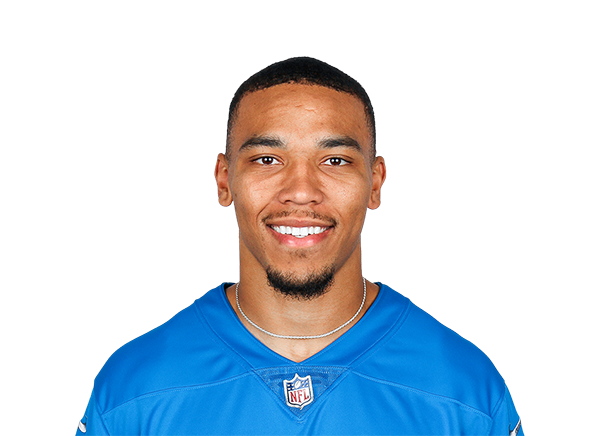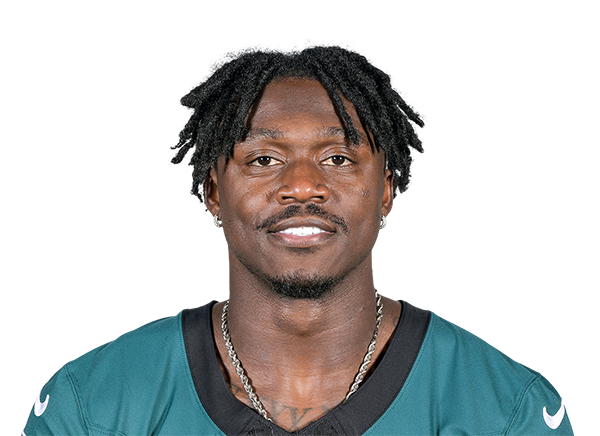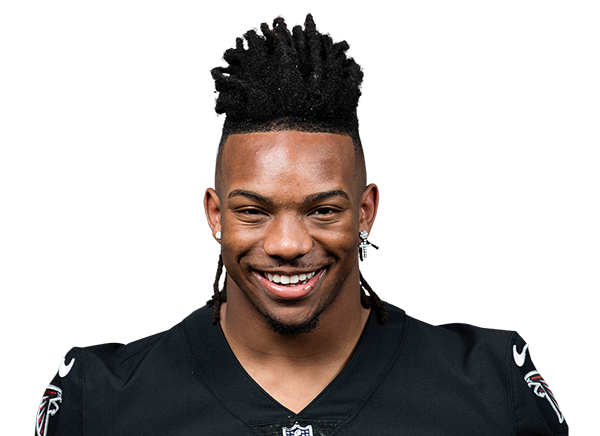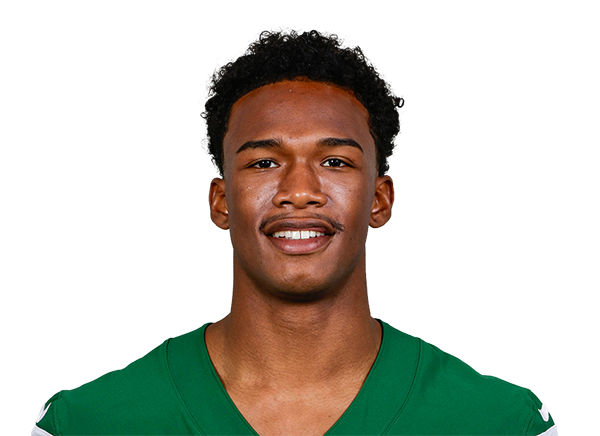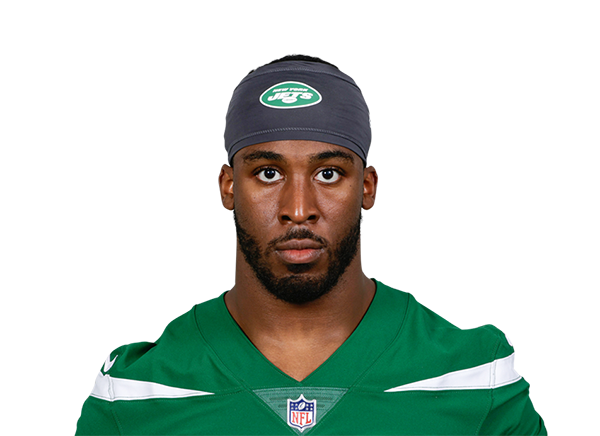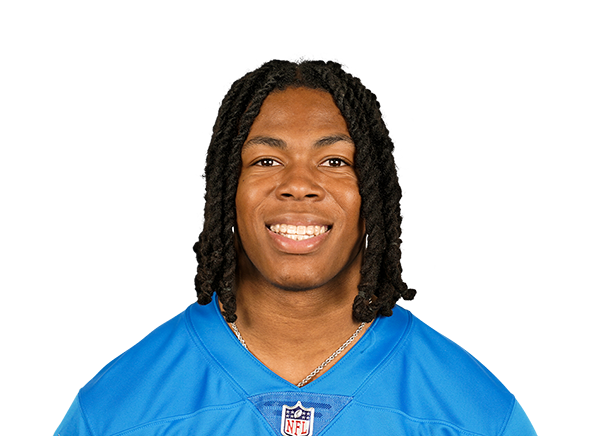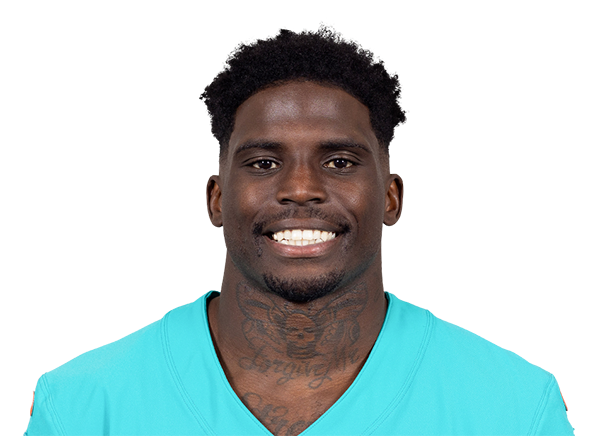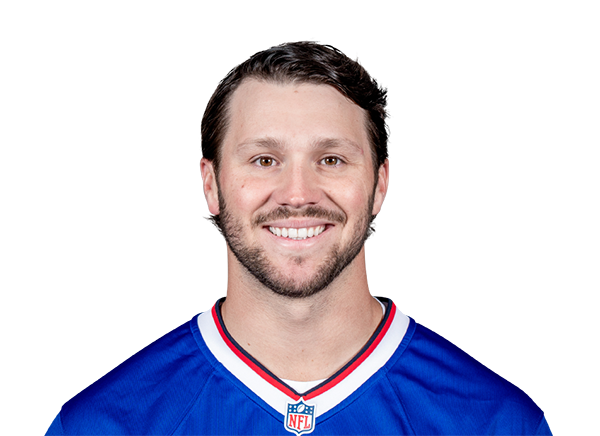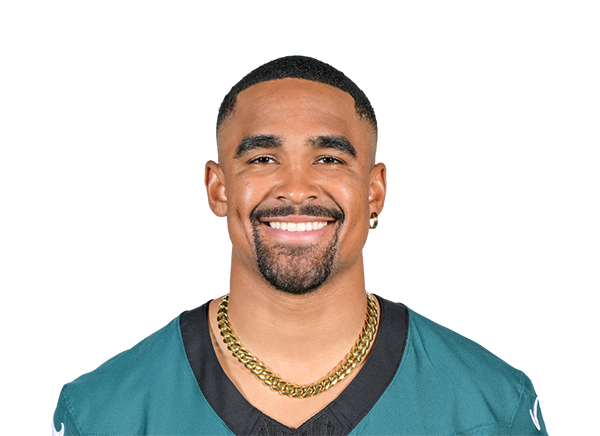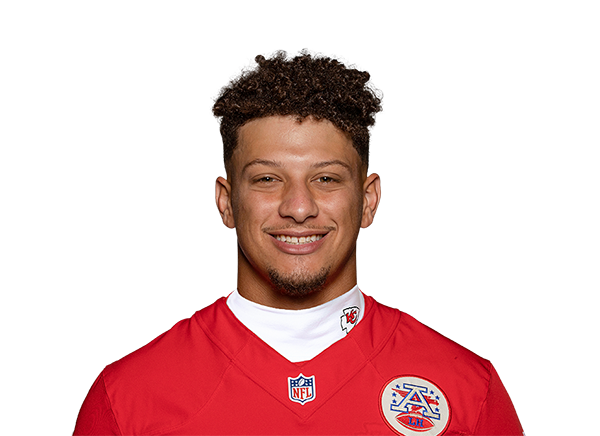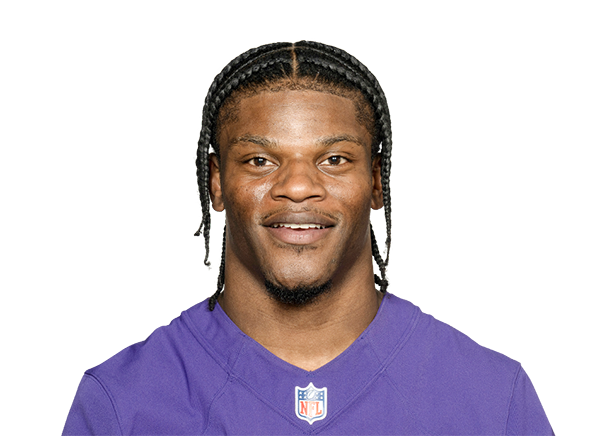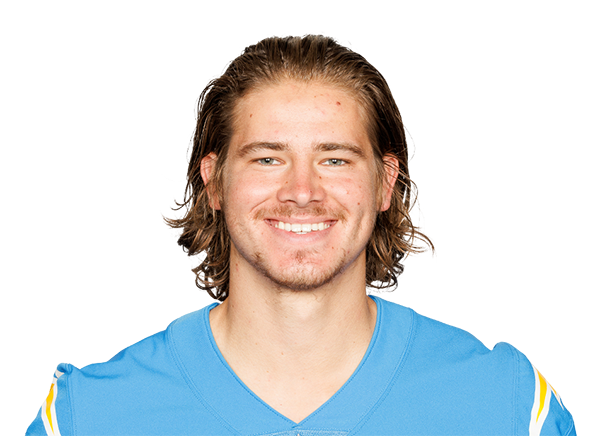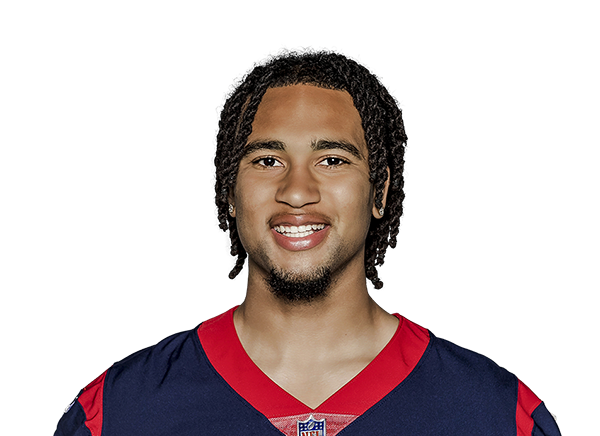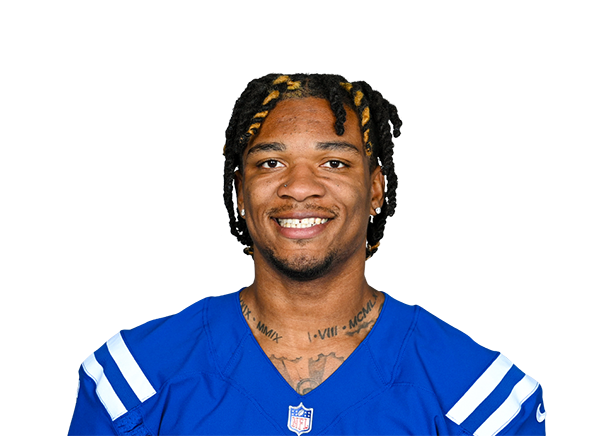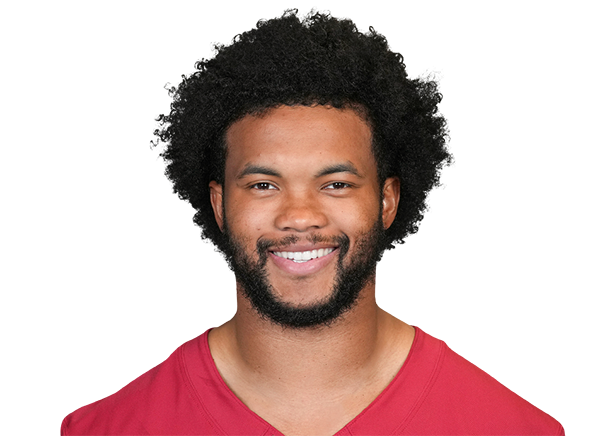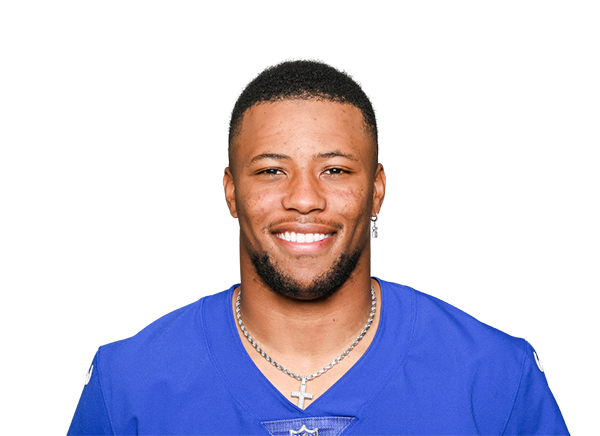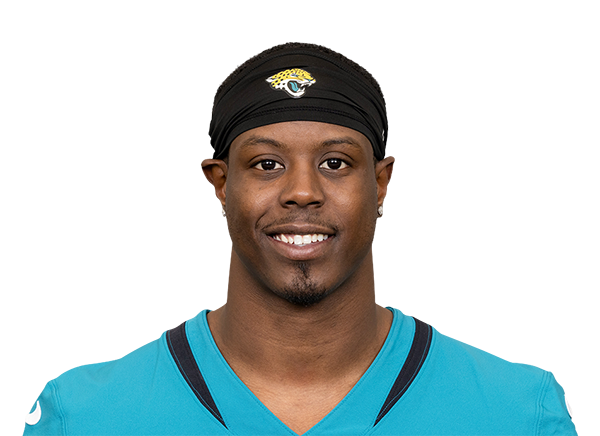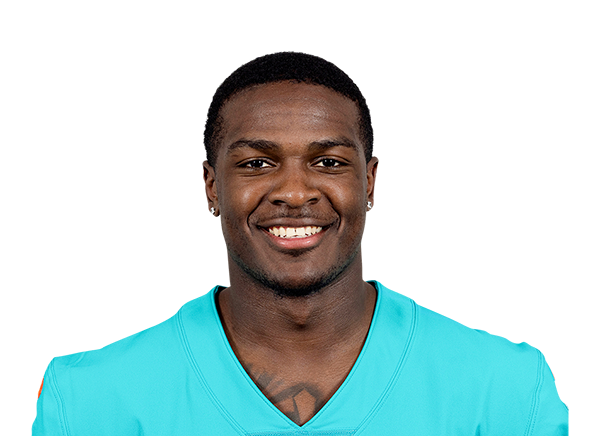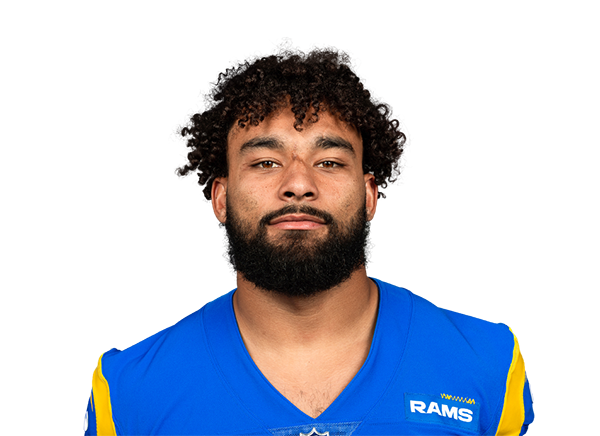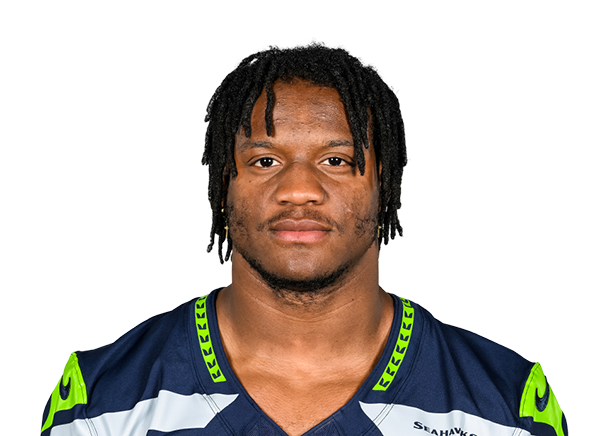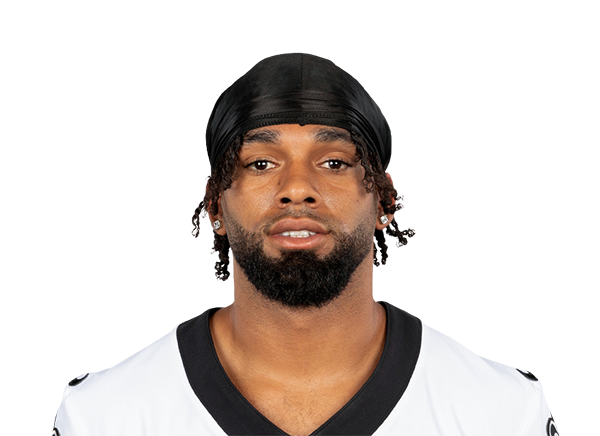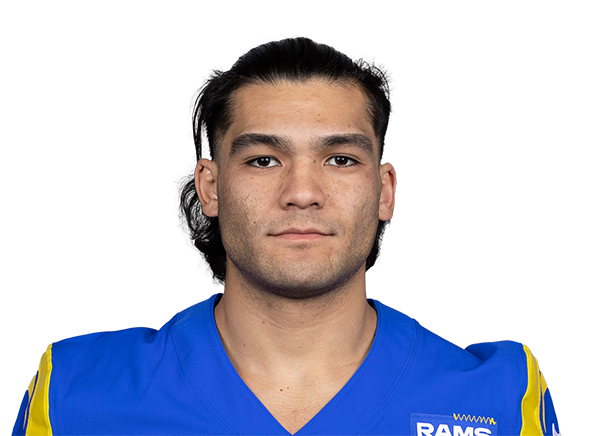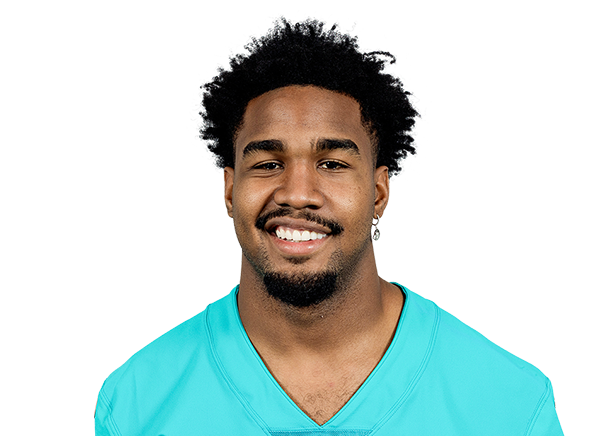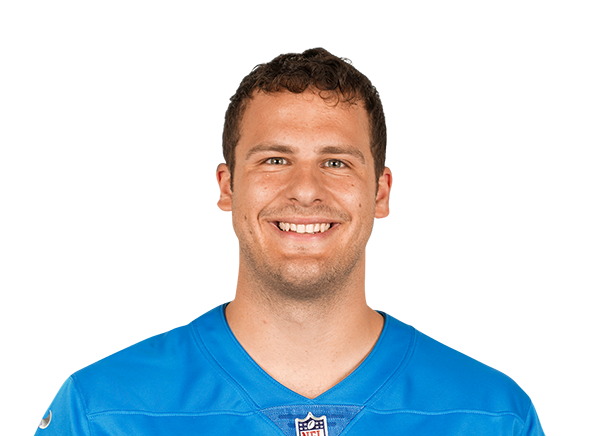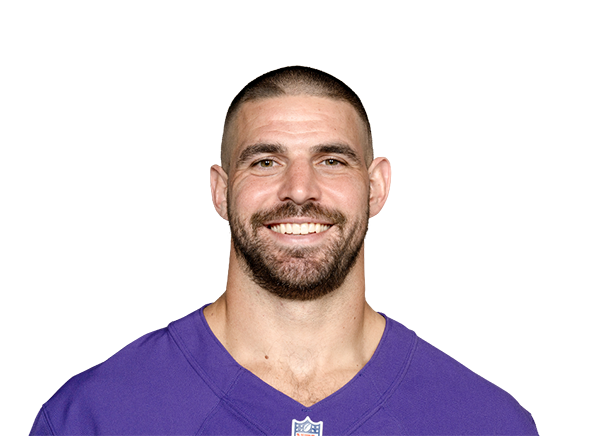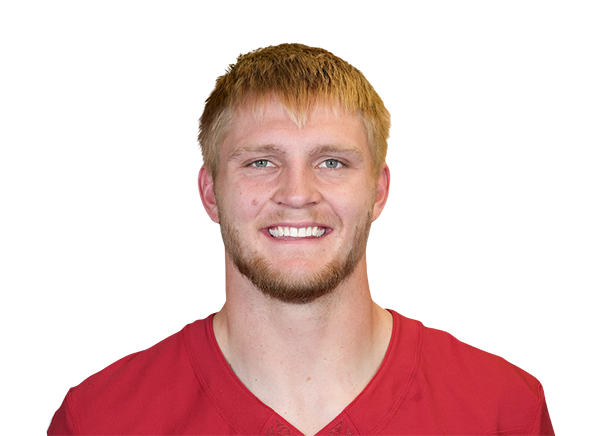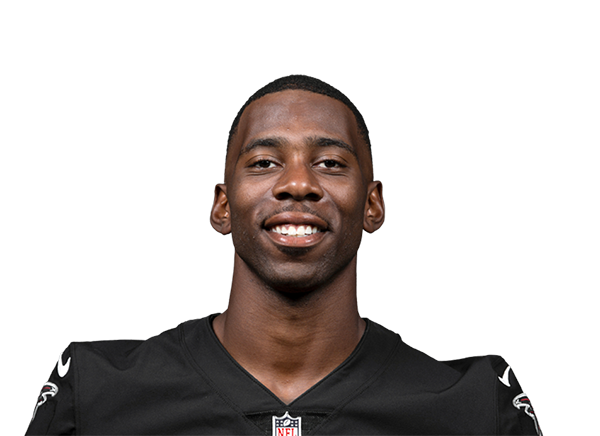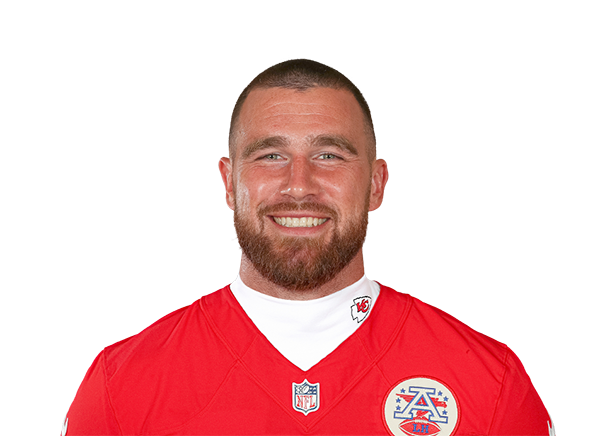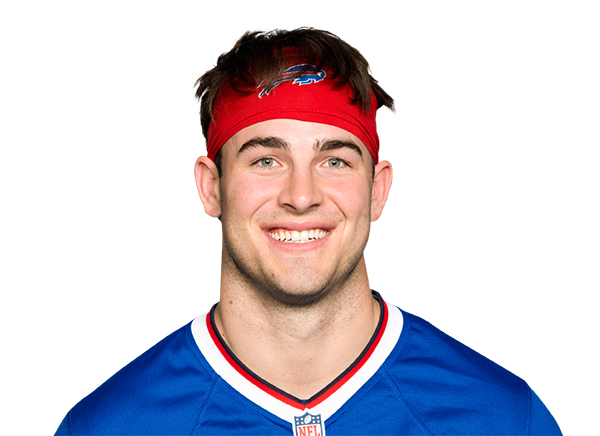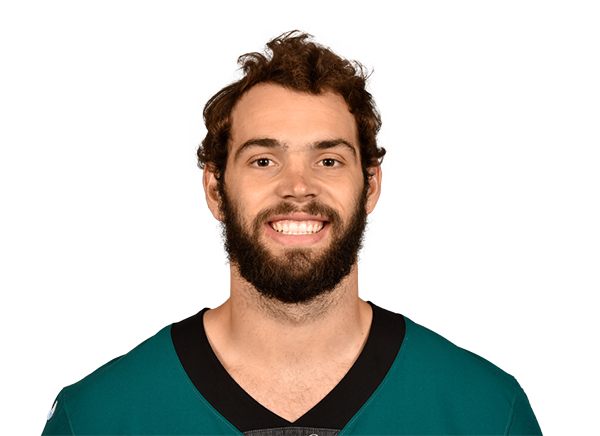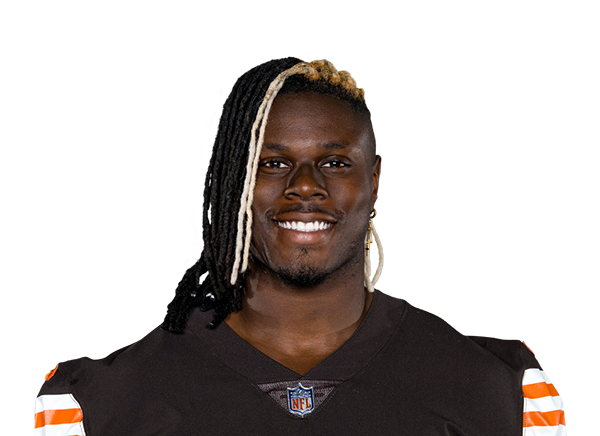Rookie Draft Study: An Introduction
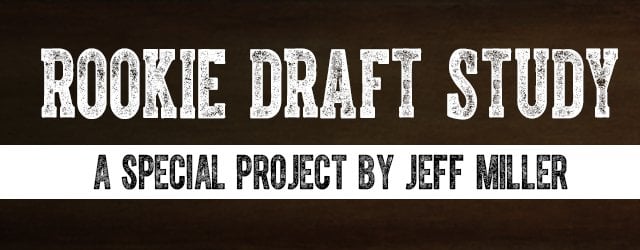
If I was a monkey, my name would be George. I’d be followed around by a firm but gentle man in a bright yellow suit and Pharrell’s hat, also yellow. It would be weird for my wife, being married to a primate and all, but I’d be a monkey, so I’d be too busy throwing my feces to care.
Even though I’m not a monkey called George, I’m still rather curious. It is this very curiosity that had me ask the question, “What is the best strategy for handling a rookie draft?” Then I realized I was talking to myself, pantsless, staring at a mirror. So I put pants on and sat down and started compiling data. Lots and lots of data.
As with any research project, I began with a hypothesis. I had theorized the best way to handle a rookie draft (in a vacuum) was to sell picks as close to the draft as possible, avoid the risk, and ride proven veterans. Spoiler alert: I was wrong. I was also right. But now we are getting ahead of ourselves.
The hopeful byproduct from satisfying my curiosity and trying to prove the genius in my strategy was to come up with some sort of concrete math to settle the rookie draft discussion once and for all. In this respect I failed rather spectacularly. That isn’t to say my research was all for naught. Throughout the process of trying to find the magic formula I picked up a few things. Chief amongst them was the strong affirmation that roster makeup matters more than just about anything. What might be right for one team couldn’t be more wrong for another.
The above revelation led me to my first, strongest and most important conclusion:
If you are operating a dynasty team at any stage from startup to year 20 under one singular ridged strategy, you are failing miserably in your role as a dynasty owner.
[inlinead]There are many obvious things you don’t want to do under any circumstance, but once we trim away the far left and the far right, the 80% in the middle is open to myriad different tactics depending very strongly on your roster, the makeup of the league, the types of owners you are competing against and even your own personal abilities. If anybody tries to tell you otherwise, if they try and convince you there is one singular tact that trumps all others, remove one of your socks and gently place it between their tongue and soft palette.
While much of the knowledge I mined can be applied differently based on your team needs, there are a few inescapable truths. I’ll be covering all of this much more in depth as this series of articles progresses, but I’d like to whet your appetite a bit with some quick hits.
- From February to April and May to July, the value of first round rookie picks is relatively flat. The only significant change in value comes between April (the NFL draft) and May (the month most dynasty rookie drafts occur).
- Wide receiver is far and away the safest position to draft.
- In regards to young players, specifically sophomores, market value vastly outpaces scoring output.
- We draft exceptionally well. On the whole, we almost universally draft the best fantasy players the highest and the worst fantasy players the lowest.
Some notes about the data set itself:
- 2009-2012 rookie ADP was taken from MyFantasyLeague (MFL). Their data pulls from all rookie-only drafts, including mocks. The time frame for the drafts within each season isn’t defined, so I can’t say for sure what period it covers.
- 2013-2014 rookie ADP was taken from our mock drafts here on DLF. Because the environment the mocks are held in are more controlled and share the same format from draft to draft, I feel as though it is a more accurate data set. If we had tracked ADP prior to 2013, I’d be using that in lieu of MFL.
- All other ADP comes from our mocks. Unfortunately we don’t have any prior to January of 2013 which is the main limiting factor in my study. It’s a bummer, but the artisan is only as good as his tools, right? (I’m an artisan much like people who make sammich’s at Subway are artists.)
- Unless otherwise stated, assume all rookie ADP data quoted throughout the series to encompass 2009-2014.
- We are using standard PPR scoring throughout. Quarterbacks receive four points per touchdown and negative two for interceptions. Fumbles are also negative two points.
One last thing before I end the longest intro ever (seriously, I’ve seen some sites with whole articles half as wordy). In case it hasn’t been made clear already, we will be talking ADP very often in this series. While it isn’t a perfect representation of market value, especially in terms of trade value, it is as good of a statistical valuation as exists. If we stick with it across the entire study, it will at least be comparing apples to apples, even if the fruit has a small bruise here and there.
Now that the stage is set, let’s move on to the opening act.
Draft picks bust. A lot.
Of the 48 players drafted in rookie drafts in 2009, only 17 were still being drafted four years later. The 2010 and 2011 classes didn’t fare any better as they had 17 and 19 players being selected four years out respectively.
With two-thirds of rookies unownable within four years, it sort of makes you want to burn your draft picks. Don’t be hasty though, as that figure tells only a small part of a much bigger story.
Here’s a sample of those drafted from 2009-2011 who still have a place on our rosters: Dez Bryant, Rob Gronkowski, Julio Jones, A.J. Green, Demaryius Thomas, Randall Cobb, Jimmy Graham, LeSean McCoy and DeMarco Murray.
The hit percentage may be disconcertingly low, but the upside is higher than a giraffe’s schnoz.
The problem this leaves us is in quantifying if the risk is worth the reward. As I said in the intro, the answer has proven rather elusive. If you look through 2013 ADP data you might conclude the 1.05 could have been dealt for T.Y. Hilton when it was instead used on Montee Ball. But I could also look at 2014 ADP and tell you that you Ball’s trade value was approximately the 1.07 and the 2.01, which turned into Odell Beckham and Kelvin Benjamin.
Now you see my dilemma.
So how do we settle once and for all if my hypothesis was correct? Unfortunately, we don’t. Instead we take a look at bust and hit rates, the level of success to expect when we do hit, the value proposition and equity of moving up and down, and so much more. And that’s just what we will start doing tomorrow in part two.
[ad5]
- How to Win Without Watching Football - July 22, 2021
- 2018 Summer Sleeper: Chicago Bears - July 9, 2018
- NFL Draft Aftermath: Winners and Losers from the AFC North - June 18, 2018






